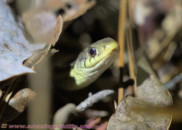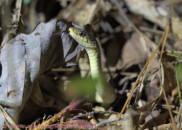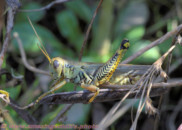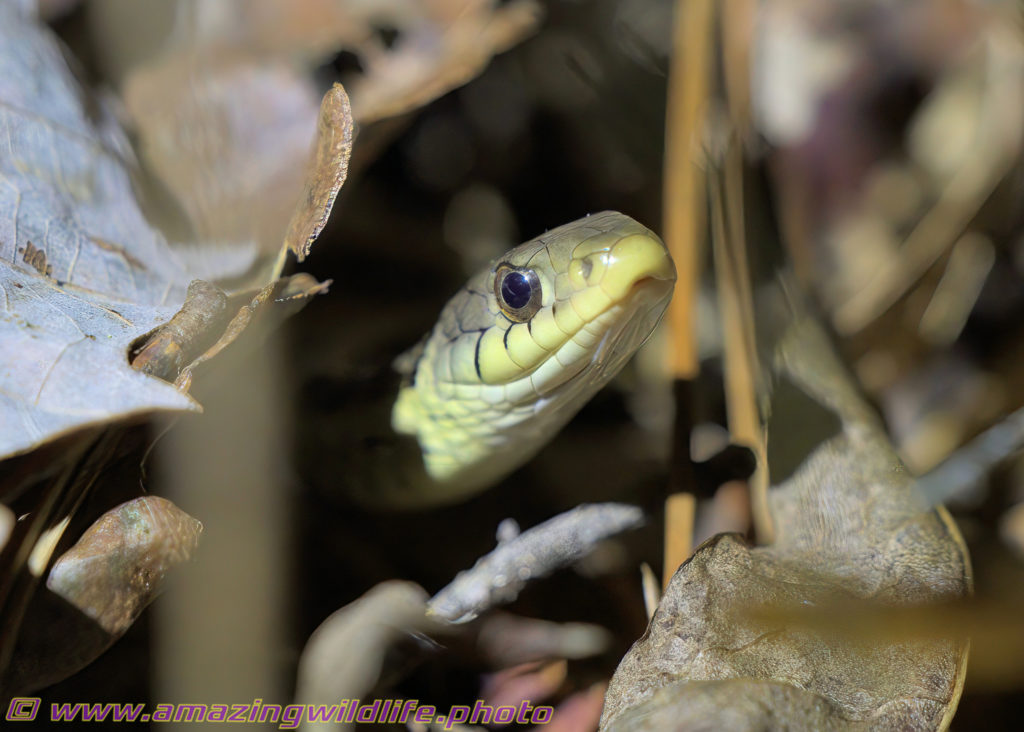We have in order of appearance, a garter snake, a grass hopper, an eagle, and a cardinal.



The first 3 pics in this post show a cute little garter snake, who peaked his head out to see what was all that ruckus in his normally so quiet forest. Well, it was my daughters and I, talking too much and not being light footed at all, which with all the dry leaves wouldn’t have been easy anyway. But, at least, my camera was ready for action.
These snakes are harmless. They don’t have venom, and they are pretty small. So, unlike boas or pythons, they can’t even constrict you. Unfortunately for them though, as indicated in the Wikipedia page I liked, they are part of the diet of a lot of predators, such as hawks, crows, egrets, herons, cranes, raccoons, otters, and even other snakes. Life as a garter snake is hard.
Next is a spur-throated grasshopper with so many variants I don’t think anyone has a precise count. This particular individual, according to my research (feel free to let me know if you think differently), is a member of the melanoplus genus. Unfortunately, the spur-throated grasshopper is yet another insect which has the bad reputation of eating our crops.
This page is particularly interesting in that regard, as it mentions some pretty nefarious project to eradicate them with a fungal infection. I wonder what will be the negative consequences of such a project. And I find it quite an irony in the way they describe the problem with this insect’s “exploding population numbers”. What about our own exploding population numbers? Why is that not a major concern?
Anyway, moving on, we have a golden eagle in flight. This one seems to have seen better days. He is probably old.
According to the Wikipedia article, this is “one of the best-known birds of prey in the Northern Hemisphere” and “the most widely distributed species of eagle.”
There are a lot of good sites with great information about this magnificent bird:
https://www.audubon.org/field-guide/bird/golden-eagle
https://www.allaboutbirds.org/guide/golden_eagle/overview
https://animals.net/golden-eagle/
And to close, we have a cute little cardinal with some seed in his beak. Since this is a rather common and flashy bird, I am pretty sure you have already seen it numerous times. But that was my first close-up of a cardinal and I think it’s a good picture. Most interestingly I just found out that it is related to the blue grosbeak which I have shown in a previous post.



